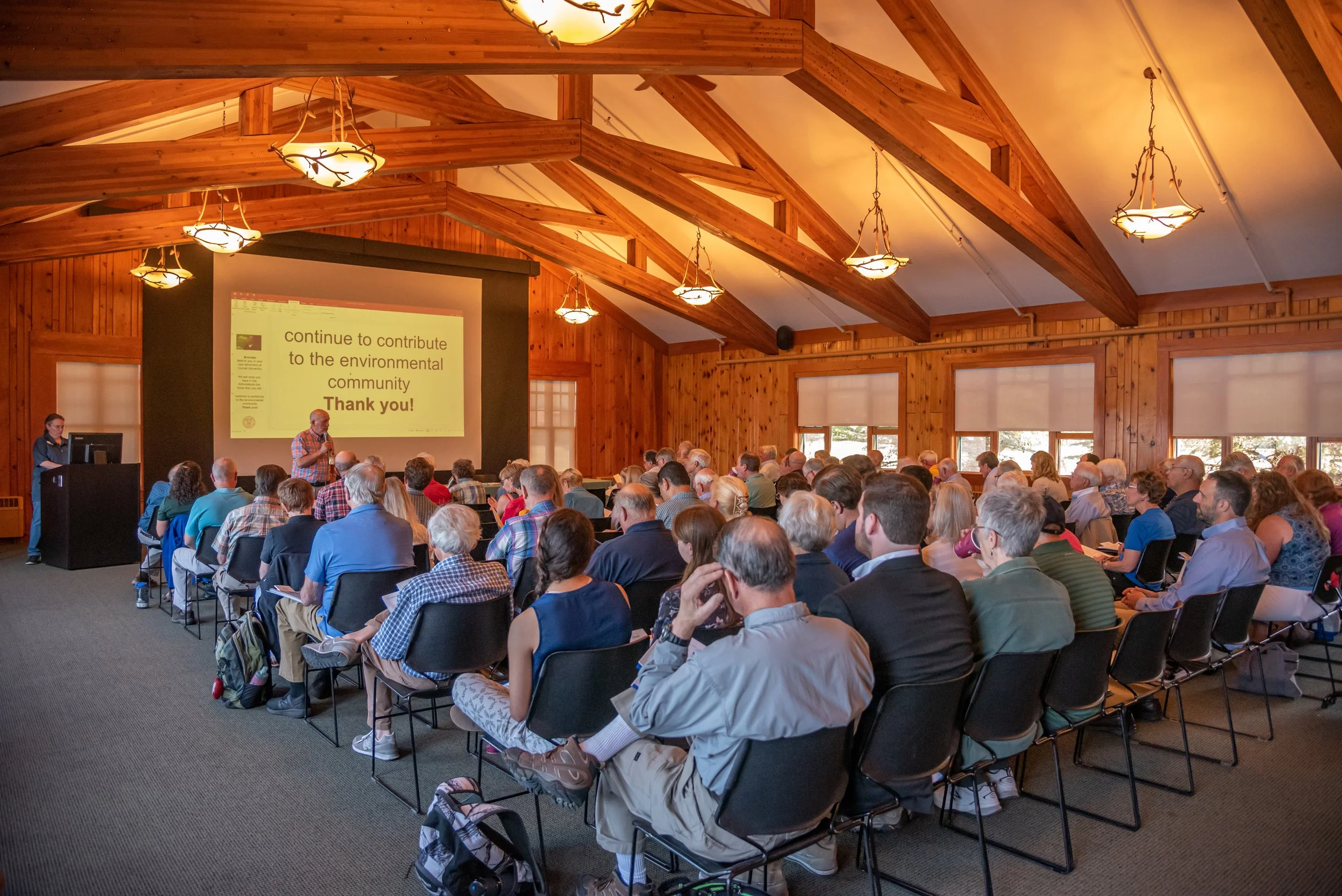Place-based watershed planning
Adirondackers love their “places.” Whether it is a community center, playground, favorite swimming rock, or local lake, the people of this region want to protect them. Many communities have taken steps to safeguard cherished spaces while helping to guide future changes through a community-based planning effort. I’ve led or participated in community-planning efforts over the course of my career. My observation has been that planning efforts can result in lasting impacts for a community, both tangible and intangible, large and small.
Protecting clean water and supporting vibrant waterfront communities
Long ago, I led an effort with the Towns of Clifton and Fine in St. Lawrence county to develop a Local Waterfront Revitalization Strategy through a series of NYS Department of State grants. Officials in both towns, along with business owners, teachers, landowners, sportsmen, and seasonal residents, helped lead a community visioning and planning process to enhance their waterfront resources, tourism economy, and quality of life for their residents. Even in a small community like Clifton-Fine, hundreds of residents participated in this planning effort over 5-6 years. Two tangible results were the completion and promotion of the Cranberry Lake-50, a long-distance hiking trail around the lake, and an early effort to organize an invasive species plant watch around Star Lake and Cranberry Lake.
I’ve also participated in an effort to develop a Raquette River Blueway corridor plan and a St. Lawrence River watershed plan. I am currently serving on the Saranac Lake Waterfront Revitalization Plan Advisory Committee. Most recently, I co-led the completion of the Upper Saranac watershed management plan. Over three years AWI worked with the Upper Saranac Foundation and dozens of residents, visitors, agency partners, and elected officials to create a vision, goals, and an action plan for the watershed to serve as a blueprint to guide sustainable recreation and development on the lakes as well as protect the watershed from threats like invasive species and road salt. My colleague Brendan Wiltse is in the process of completing the Lake Placid Lake Management Plan, which puts forth recommendations for maintaining water quality and monitoring efforts and explores lake-friendly practices to limit the impacts from development and other uses around the lake.
The success of these kinds of efforts relies on the leadership of respected members of the community who facilitate an open and inclusive process and encourage broad stakeholder participation. Focusing on a defined and relatively small geographic scale lets the public share a sense of place, which builds trust and allows for active engagement.
Public meetings allow the community to give input and feedback on planning efforts.
Laying the foundation for public action
During these types of planning efforts, there is usually an opportunity for the public to be involved through surveys, public meetings, and other means. Typically, the public weighs in on what is of importance to them in terms of cultural, natural, and recreational resources, and on the concerns they have that threaten these assets. A set of shared goals for the community, lake, watershed, or other geographic area are identified which eventually create the foundation of the plan. The public ultimately agrees on the final recommendations and an implementation plan and it then rests on local leadership to follow it through.
Community-based plans not only serve as a launching point for local initiatives, but they set up a road map to help communities secure future funding. State agencies often require some level of planning in place for a community to be eligible for future state grants. Such planning demonstrates consensus building and strategic thinking.
Important lessons learned
Community-based planning is not easy. It can take years, progress can feel slow, and it can sometimes be perceived as all talk and no action. Relying on volunteers to participate and implement such plans can be demanding and unrealistic. A change in local elected leadership can feel like a disruption. Some, justifiably, have challenged the assumption that everyone’s voice is heard, since despite every effort, it is rare that all interests are represented in an all-volunteer effort.
While it is meant to foster open dialogue, some issues are just too divisive to be addressed in a community-based planning process. For example, the public may not be ready to reach agreement on how to solve conflicts between motorized and non-motorized boats on a lake. But they may reach agreement on other issues like reviewing local ordinances to look for opportunities to strengthen laws that protect clean water.
Despite the challenges, I’ve seen these plans serve as a powerful way for stakeholders to coordinate and unite around issues and create opportunities for growth. I encourage you to explore some of the many watershed plans that have been completed in the region to see if they might inspire you to take this on in your area. You may find it will strengthen your community and lead to innovative improvements to your favorite places.

